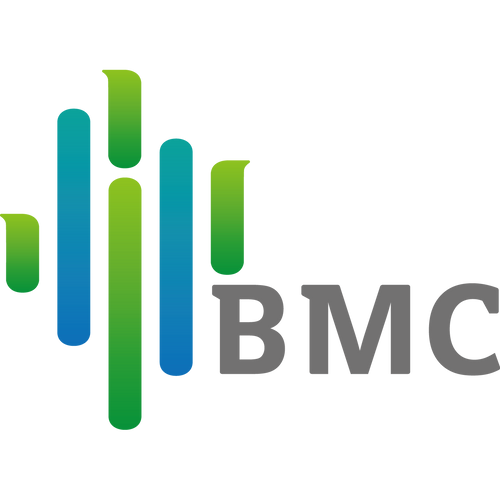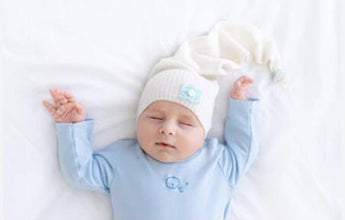There are several clinical presentations of CSA, including periodic breathing, apnoea, snoring, gasping, hyperactivity restless sleep, and daytime sleepiness.
Causes of pediatric central apnea
- Intracranial malformation
- intracranial tumor
- Prader-Willi syndrome
- Down syndrome
- Epilepsy
- Spinal injury
- congenital hypoventilation syndrome
- central nervous system disease
- Traumatic brain injury and drug poisoning etc.
Diseases in the central nervous system, such as viral encephalitis, bacterial encephalitis, and tuberculous encephalitis damage the child's respiratory center.
For newborn babies, usually due to premature birth or low birth weight, the child's respiratory center is not fully developed, and the lungs are not fully developed, which leads to central apnea in the child. As the child's age gradually increases and the child's respiratory system gradually matures, the symptoms of apnea will gradually improve.
Therapy
Whole night polysomnography is the standard test for the diagnosis of central sleep apnoea in children.
Long-term apnea and hypopnea may have adverse effects on children's intelligence, growth, and development.
For intracranial malformations or tumors, neurosurgery is the first choice when surgical treatment options are available. If surgery is not possible due to physical conditions, or for Prader-Willi syndrome, Down syndrome, and congenital hypoventilation syndrome, CPAP machine-assisted treatment can be selected. Generally, a positive airway pressure machine is used after falling asleep at night and does not need to be used during the day.


